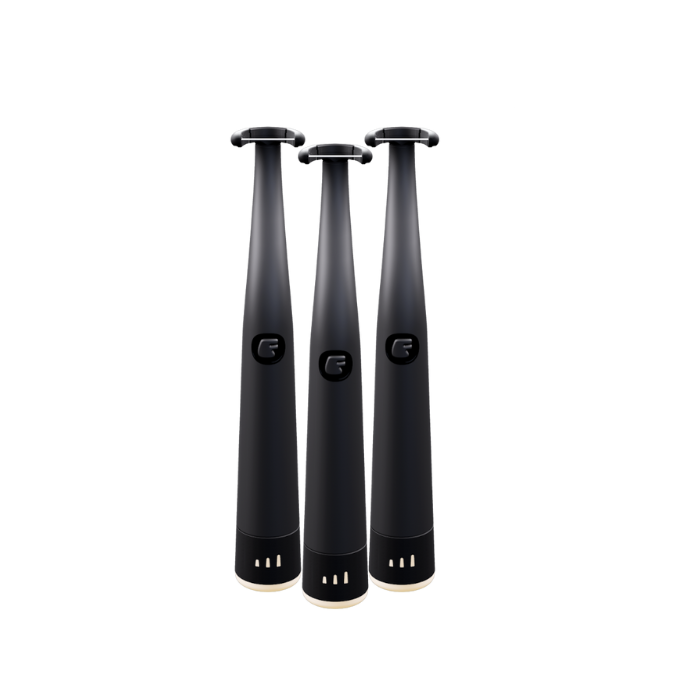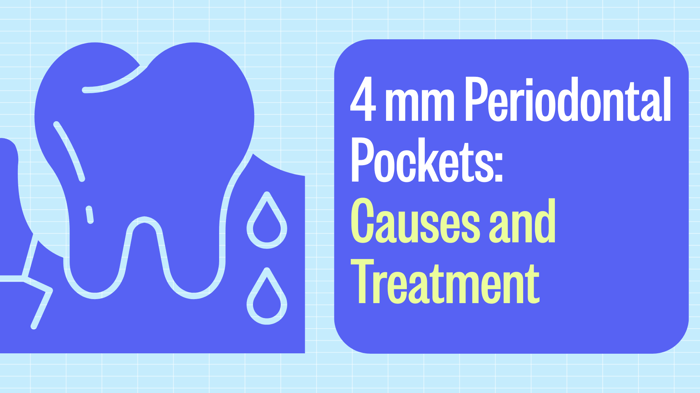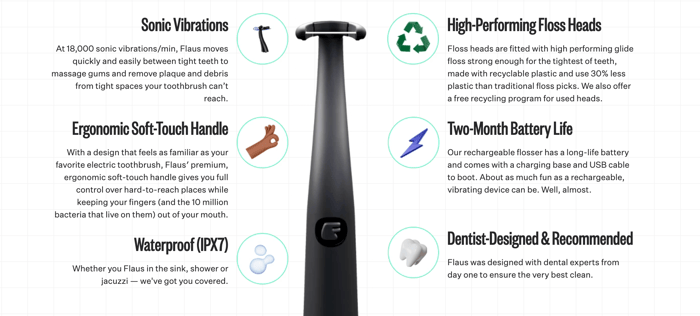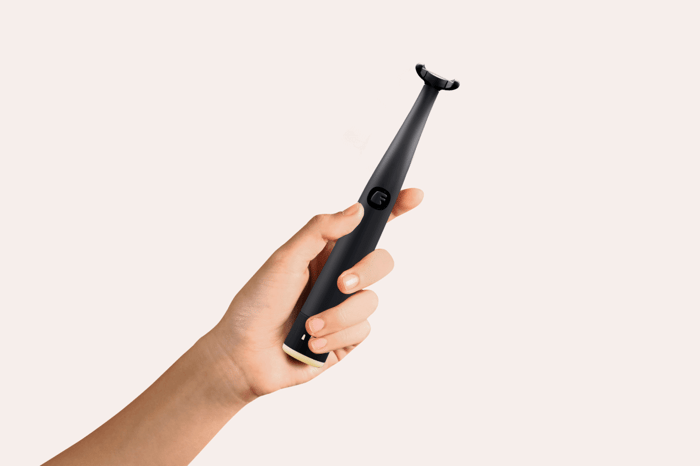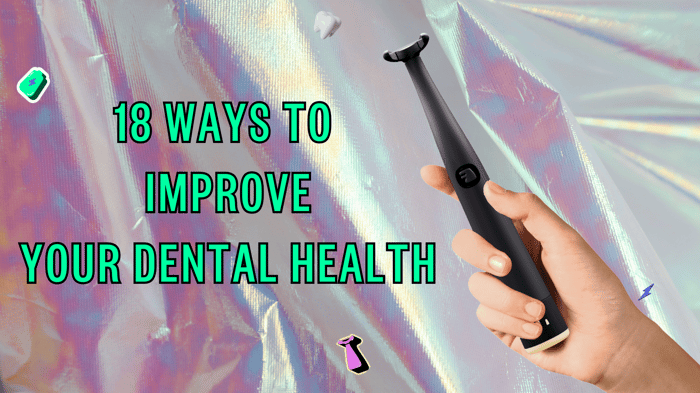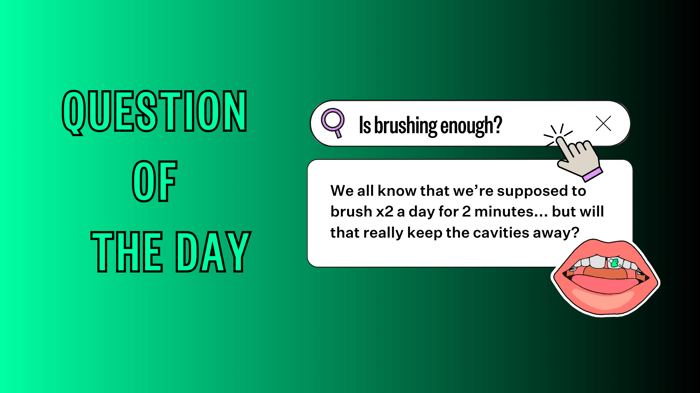If your dentist has mentioned that you have 4 mm periodontal pockets, a sign of advanced gum disease, you might be wondering what that means. Periodontal pockets are spaces that form between your teeth and gums when you have gum disease. Understanding what causes these pockets and how to treat them is crucial for maintaining your oral health.
What Are Periodontal Pockets in Periodontal Disease?
Periodontal pockets are a sign of periodontitis, a serious form of gum disease. They occur when the gums pull away from the teeth, creating spaces where bacteria can grow. These pockets are measured in millimeters (mm), and the depth indicates the severity of the gum disease.
Normal vs. Abnormal Pocket Depths
In a healthy mouth, the space between the gums and teeth should be 1-3 mm deep, according to the American Academy of Periodontology. A pocket depth of 5 to 7 mm indicates moderate periodontal disease, which requires more intensive treatment.
This shallow space allows for effective cleaning with brushing and flossing. When the depth reaches 4 mm or more, it’s considered a periodontal pocket. At this stage, professional treatment is necessary to prevent further damage.
Causes of 4 mm Periodontal Pockets
Several factors can contribute to the development of 4 mm periodontal pockets. Understanding these causes can help you prevent or manage gum disease.
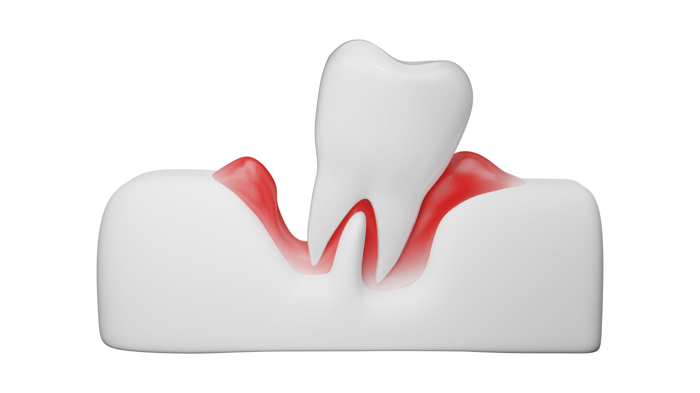
Poor Oral Hygiene
The primary cause of periodontal pockets is poor oral hygiene. When you don’t brush and floss regularly, plaque builds up along the gum line on your teeth. This sticky film of bacteria irritates the gums, causing inflammation and leading to pocket formation.
Genetic Predisposition
Some people are more prone to developing gum disease due to their genetic makeup. If you have a family history of periodontitis, you may be at higher risk for developing 4 mm periodontal pockets.
Smoking and Tobacco Use
Smoking and using other tobacco products can significantly increase your risk of gum disease. These habits weaken your immune system, making it harder for your body to fight off the bacteria that cause periodontal pockets.
Existing Medical Conditions
Certain medical conditions, such as diabetes and HIV/AIDS, can make you more susceptible to gum disease. These conditions can impair your body’s ability to fight infection, allowing bacteria to thrive in the surrounding gum tissue.
Symptoms of 4 mm Periodontal Pockets
Periodontal pockets often develop gradually, and symptoms may not be noticeable at first. However, there are some signs to watch out for.
Gum Inflammation and Bleeding
One of the earliest signs of gum disease is red, swollen, or bleeding gums. If you notice blood when you brush or floss, it could be a sign that you have periodontal pockets.
Persistent Bad Breath
If you have chronic bad breath that doesn't go away with brushing or mouthwash, it could be a sign of gum disease. The bacteria in periodontal pockets release foul-smelling compounds that cause halitosis.
Receding Gums
As periodontal pockets deepen, they can cause the gums to recede, making the teeth appear longer. This recession can also lead to increased sensitivity to hot and cold temperatures.
Loose or Shifting Teeth
In advanced stages of gum disease, the bones and tissues that support the teeth can become damaged. This can cause the teeth to feel loose or shift out of position, potentially leading to tooth loss.
How to Diagnose 4 mm Periodontal Pockets
If you suspect you have periodontal pockets, it's essential to see your dentist for a proper diagnosis. They will use a special tool called a periodontal probe to measure the depth of the pockets around each tooth.

Periodontal Probing
During a periodontal probing, your dentist will gently insert the probe between your gums and teeth. They will take measurements at several points around each tooth, recording the depth in millimeters. Pockets that are 4 mm or deeper indicate the presence of gum disease.
X-Rays
Your dentist may also take x-rays to assess the health of the bones that support your teeth. These images can show whether there has been any bone loss due to periodontal disease.
Treatment Options for 4 mm Periodontal Pockets
The treatment for 4 mm periodontal pockets depends on the severity of the gum disease and your individual needs. Your dentist will develop a personalized treatment plan to help you manage the condition.
Improved Oral Hygiene
The first step in treating 4 mm periodontal pockets is to improve your oral hygiene routine. Your dentist or dental hygienist will demonstrate proper brushing and flossing techniques to help you remove plaque more effectively.
Scaling and Root Planing
For pockets that are 4 mm or deeper, a deep cleaning procedure called scaling and root planing may be necessary. During this treatment, your dentist will use special tools to remove plaque and tartar from below the gumline. They will also smooth the root surfaces to help the gum tissue reattach to the teeth.
Antibiotics
In some cases, your dentist may prescribe antibiotics to help control the bacterial infection in the periodontal pockets. These medications can be taken orally or applied directly to the gums in the form of a gel or microspheres.
Surgical Interventions
If non-surgical treatments are not effective, your dentist may recommend a surgical procedure to reduce the depth of periodontal gum pockets. These surgeries, such as flap surgery or bone grafting, aim to regenerate lost bone and tissue around the teeth.
The Role of Flossing in Preventing Periodontal Pockets
Regular flossing is one of the most effective ways to prevent the development of periodontal pockets. By removing plaque and debris from between the teeth, you can keep your gums healthy and reduce your risk of gum disease.
Benefits of Flossing
Flossing removes the bacteria that cause gum inflammation and pocket formation. It also stimulates the gums, promoting blood flow and helping them stay firm and resilient. When combined with daily brushing, flossing is a powerful tool for maintaining oral health.
Flossing with Flaus
If you find traditional flossing difficult or ineffective, consider trying the Flaus Electric Flosser. No only does Flaus allow you to reach problem areas (like those tricky back molars) easier than traditional flossing, it also helps you build a flossing habit. In fact, 9/10 customers report flossing MORE after purchasing Flaus. This means that by making flossing easier and more accessible, people who are facing periodontal disease are able start to change their flossing habits and take care of their gums.
This innovative device uses gentle sonic vibrations to clean between the teeth and along the gum tissues, making flossing easier and more efficient. Flaus makes flossing easier and more accessible:
- Easy Reach: Reach tight spaces and molars easily due to the ergonomic handle
- Easy to use: Electric flossers are easier to hold than traditional string floss and require less manual dexterity than traditional flossing.
- Comfortable: They can also be less messy and more comfortable to use than string floss, as you don't have to put your fingers in your mouth
- Eco-friendly: Flaus is the world's first eco-friendly electric flosser, which can reduce waste and help protect the environment. Flaus uses 90% less floss than traditional flossing and offers a Flaus head recycling program to ensure that the floss heads are properly recycled at a dedicated oral care recycling facility.
If you need help to kick start your flossing routine, Explore the Flaus Starter Kit today!
*Please note that Flaus Electric Flosser is not meant for severe Periodontal disease.
How to Maintain Results After Treatment
Once your 4 mm periodontal pockets have been treated, it's crucial to maintain good oral hygiene habits to prevent recurrence. This involves a combination of at-home care and regular dental check-ups.
Consistent Oral Hygiene
Brush your teeth twice a day with a soft-bristled toothbrush and toothpaste. Floss daily, making sure to clean below the gumline where pockets can form. Make sure that you are properly flossing and hugging the tooth (or making the C-Shape) when flossing to ensure you're properly cleaning. Consider using an electric flosser like Flaus to make flossing into a habit and enjoyable.
Regular Dental Visits
Visit your dentist regularly for professional cleanings and exams. They will monitor your gum health and measure your pocket depths to ensure that the treatment has been successful. Most people need dental check-ups every six months, but your dentist may recommend more frequent visits if you have a history of gum disease.
Lifestyle Changes
If you smoke or use tobacco products, quitting can significantly improve your gum health. Eating a balanced diet rich in vitamins and minerals can also support healthy gums and teeth. Avoid sugary or acidic foods and drinks that can erode tooth enamel and contribute to gum inflammation.
Conclusion
If you've been diagnosed with 4 mm periodontal pockets, it's essential to take action to prevent further damage to your gums and teeth. With proper treatment and consistent oral hygiene habits, you can manage the condition and maintain a healthy smile.
Ready to level up your flossing game and keep periodontal pockets at bay? Try the Flaus Starter Kit and experience the difference of sonic-powered flossing. With Flaus, you can enjoy cleaner teeth, healthier gums, and a more confident smile. Start your journey to optimal oral health today!








